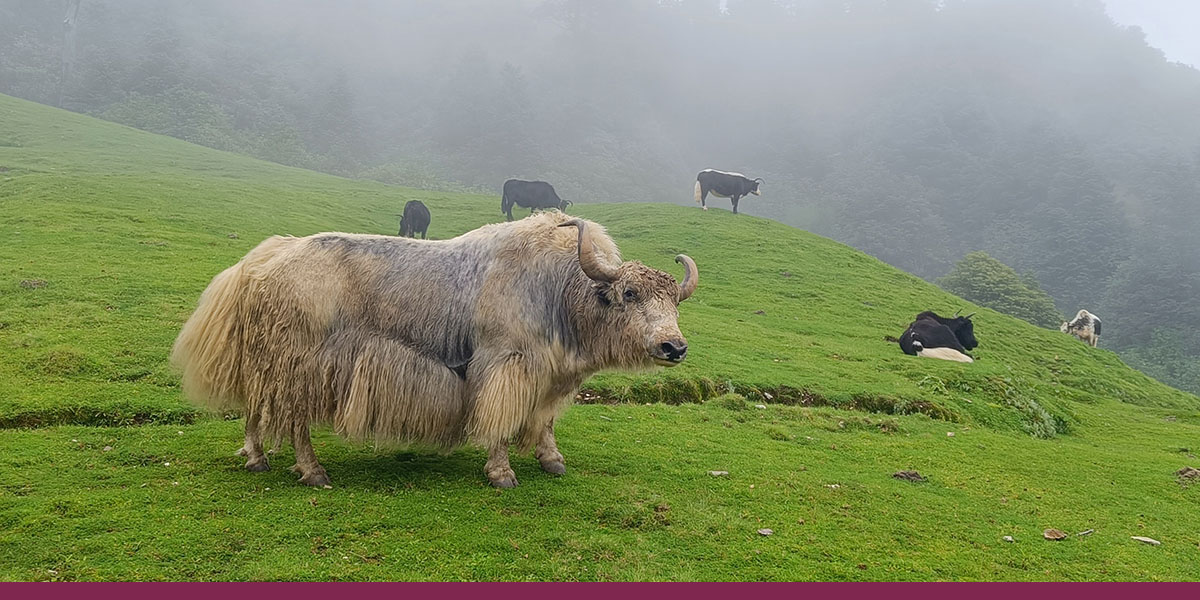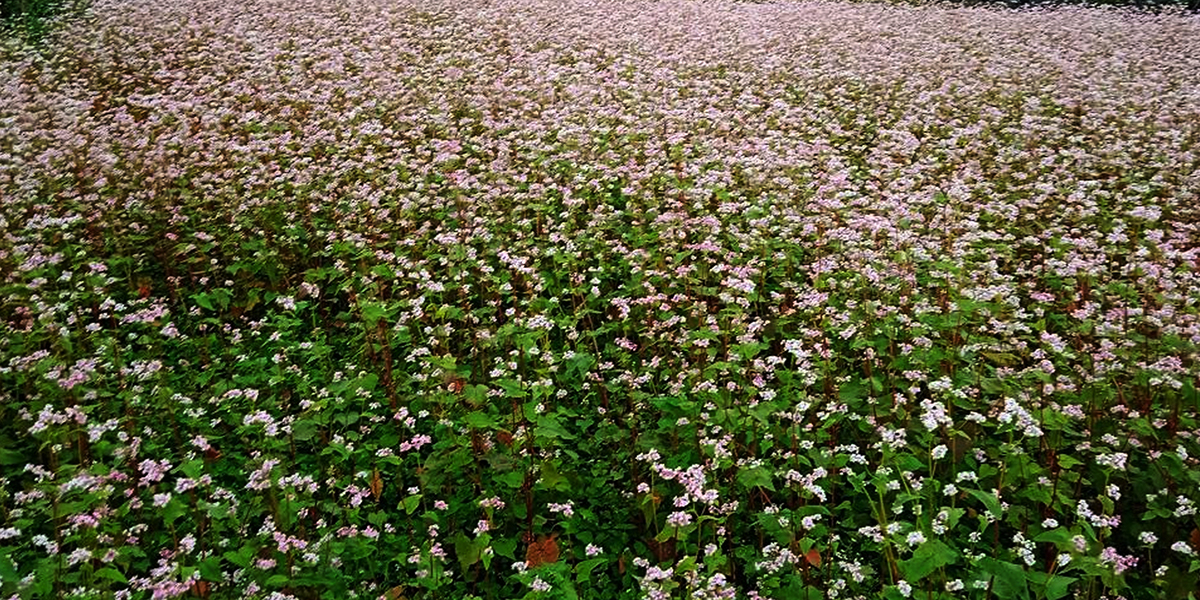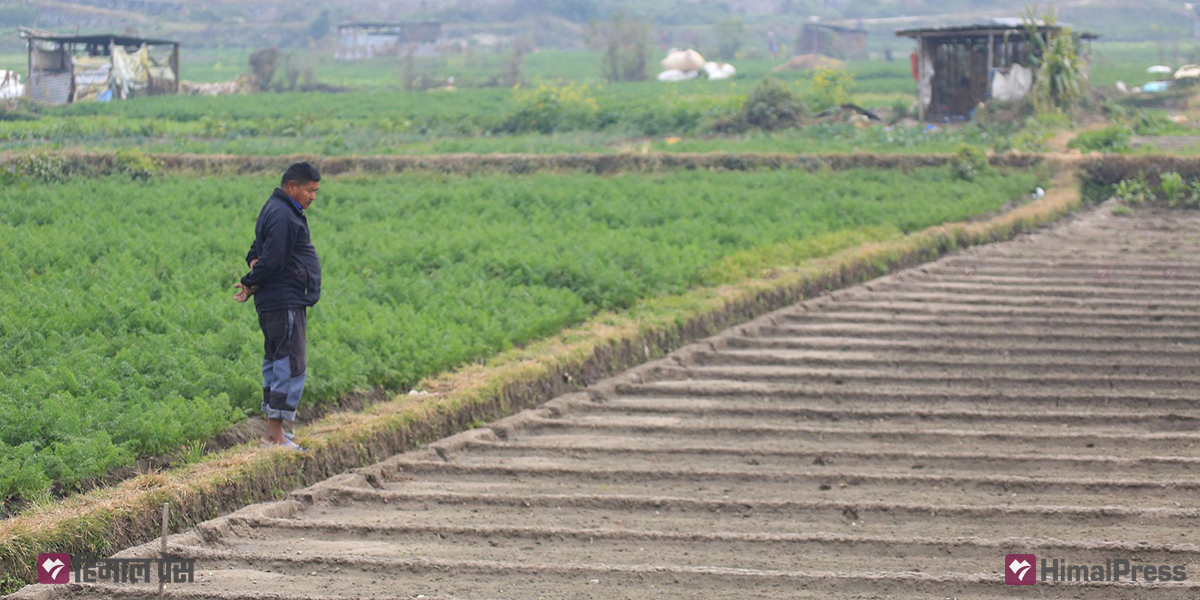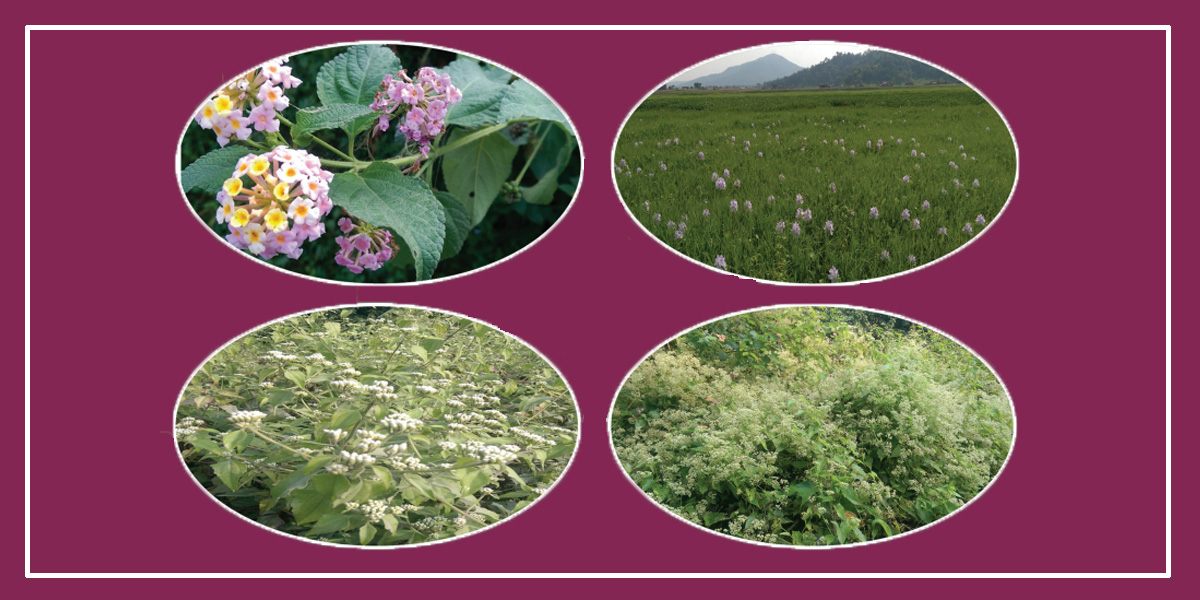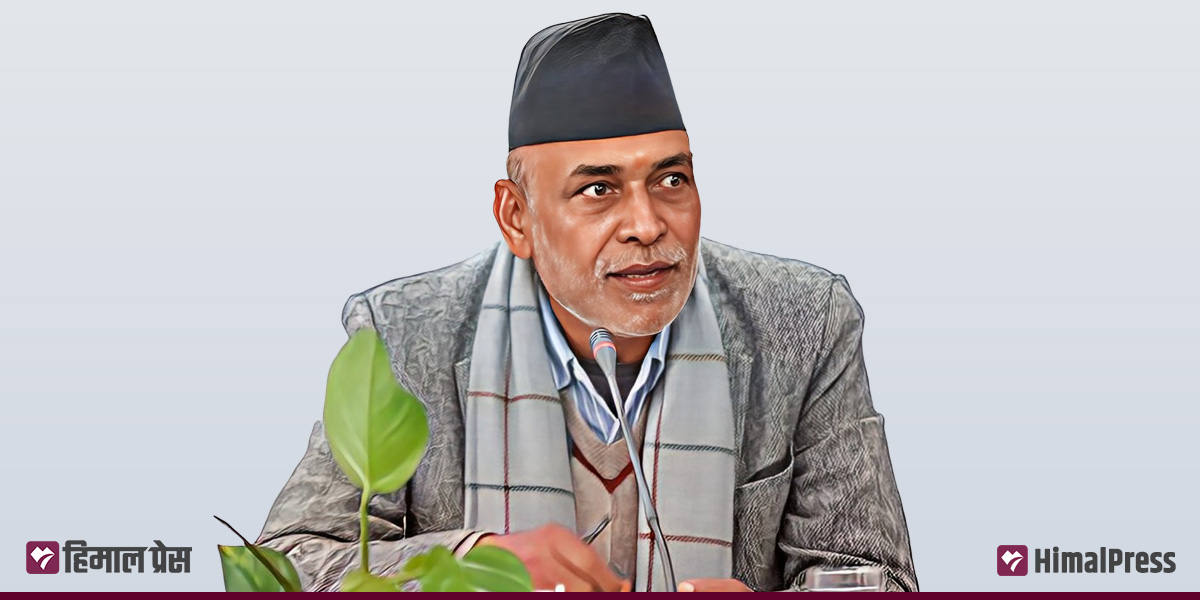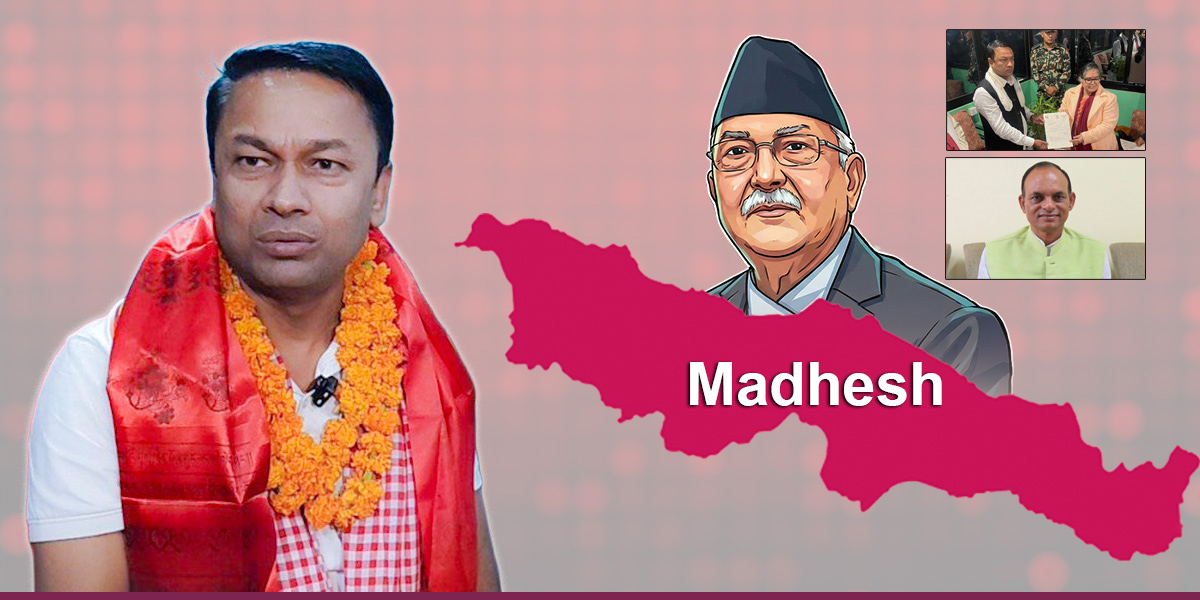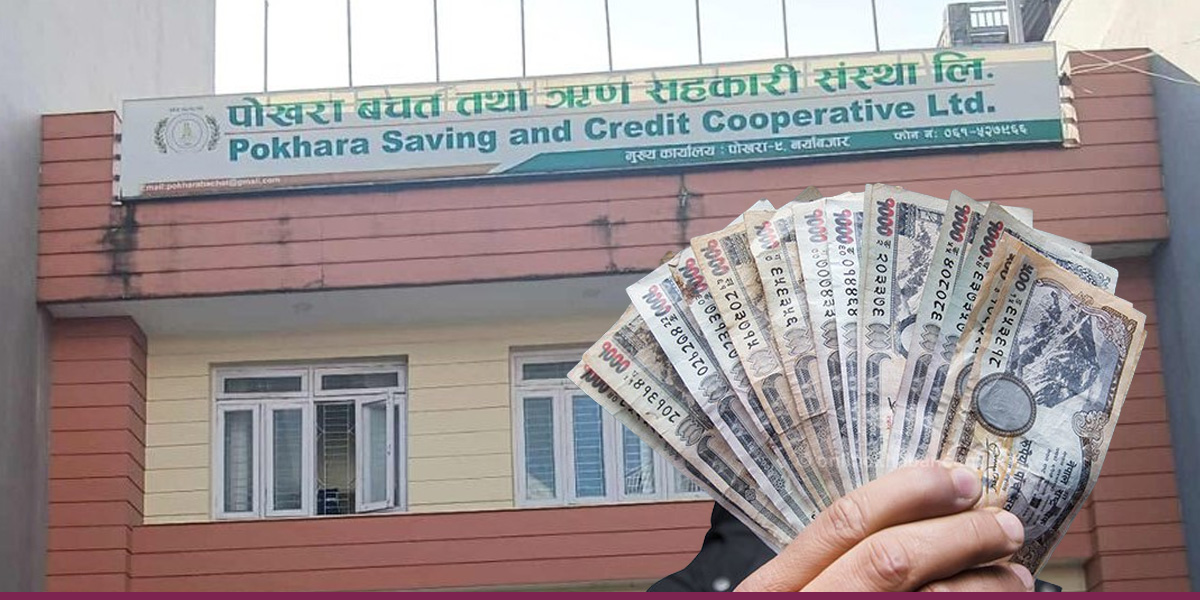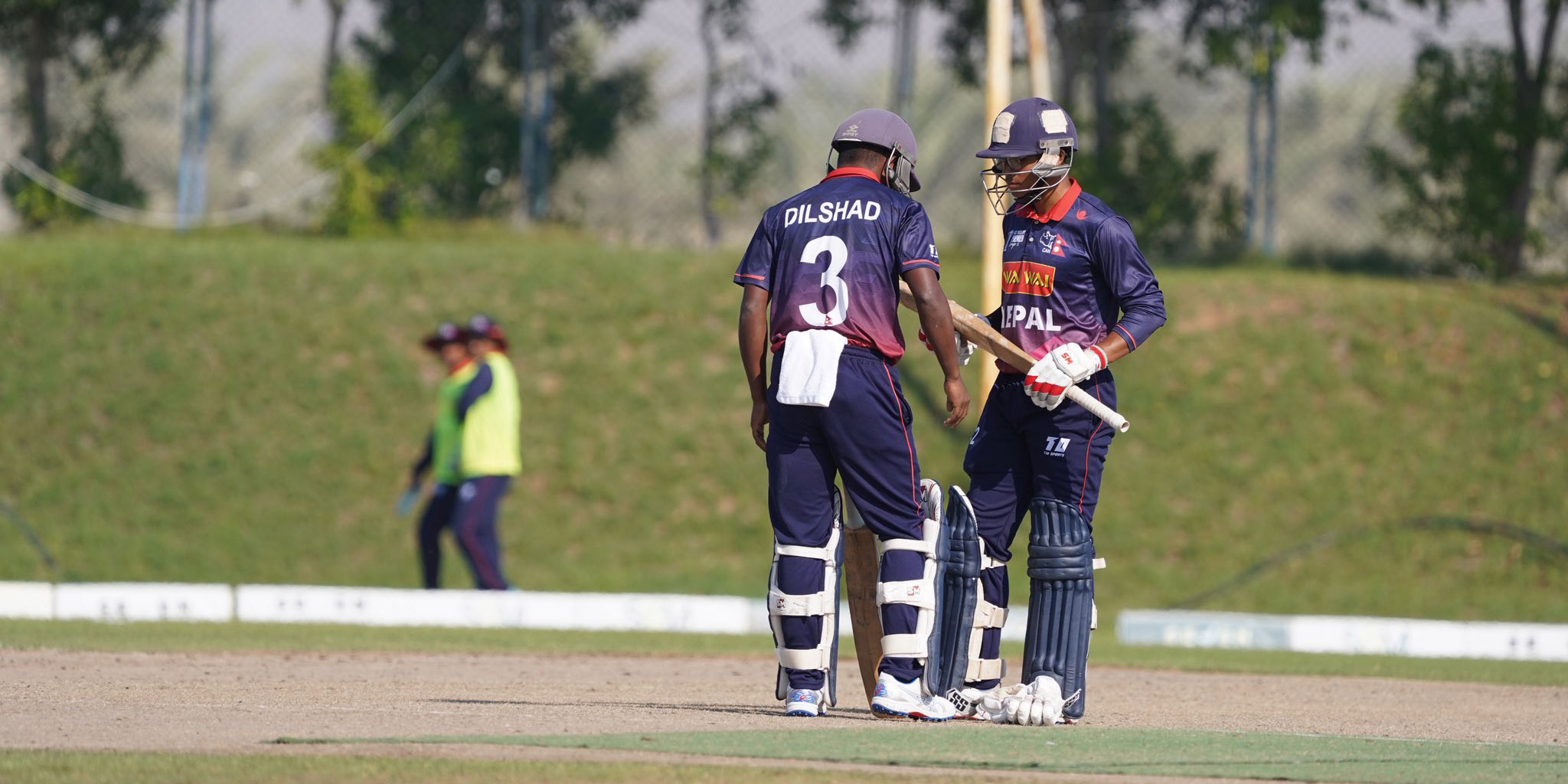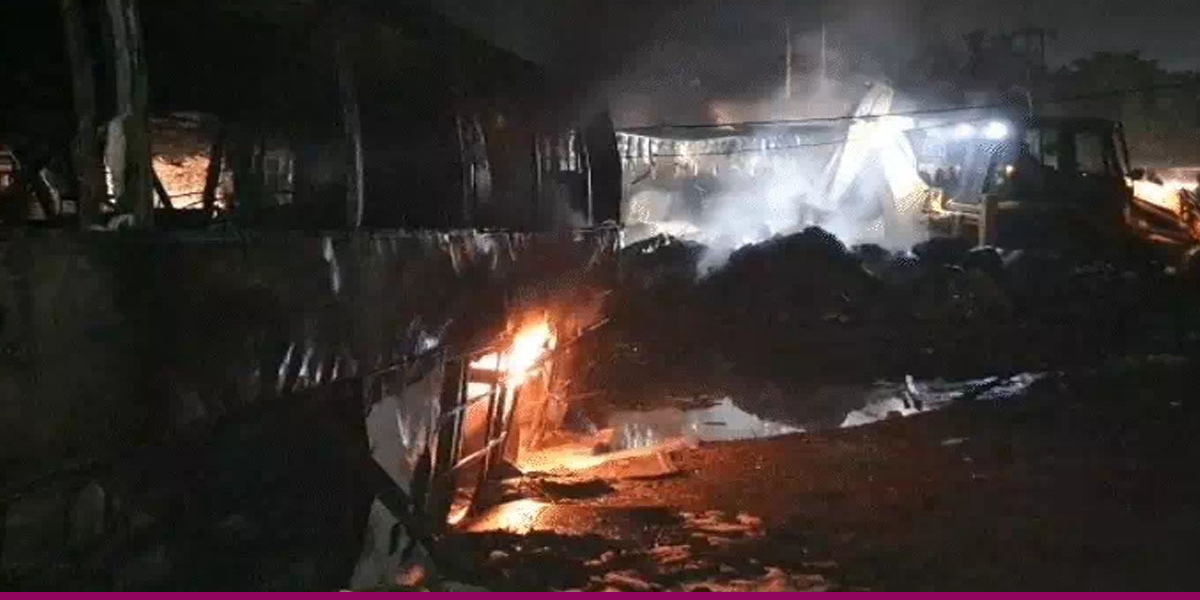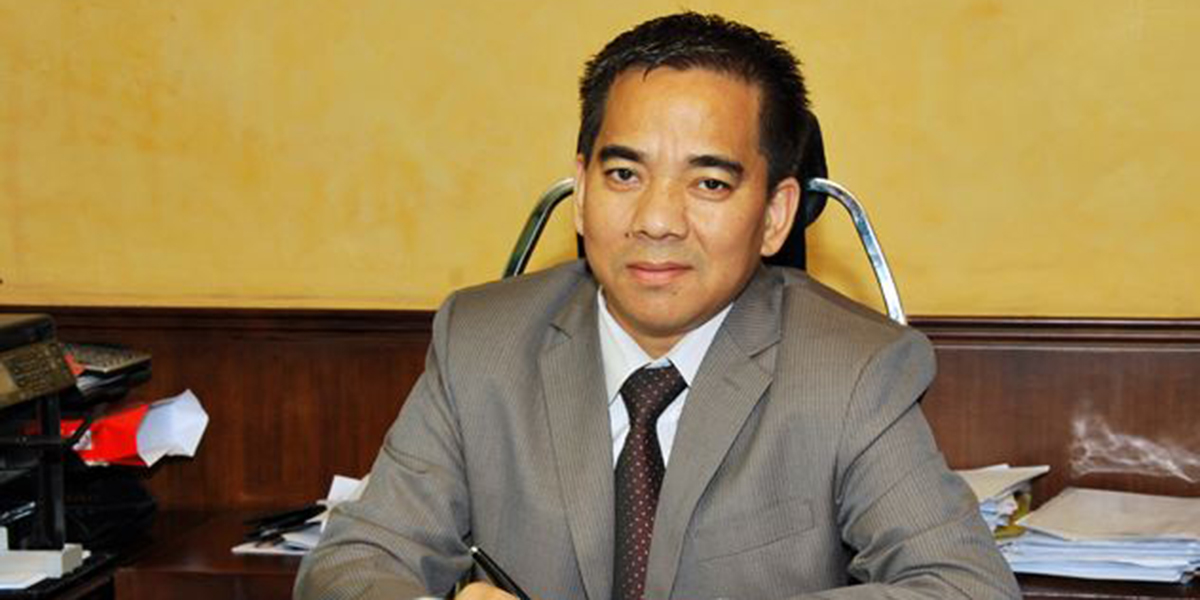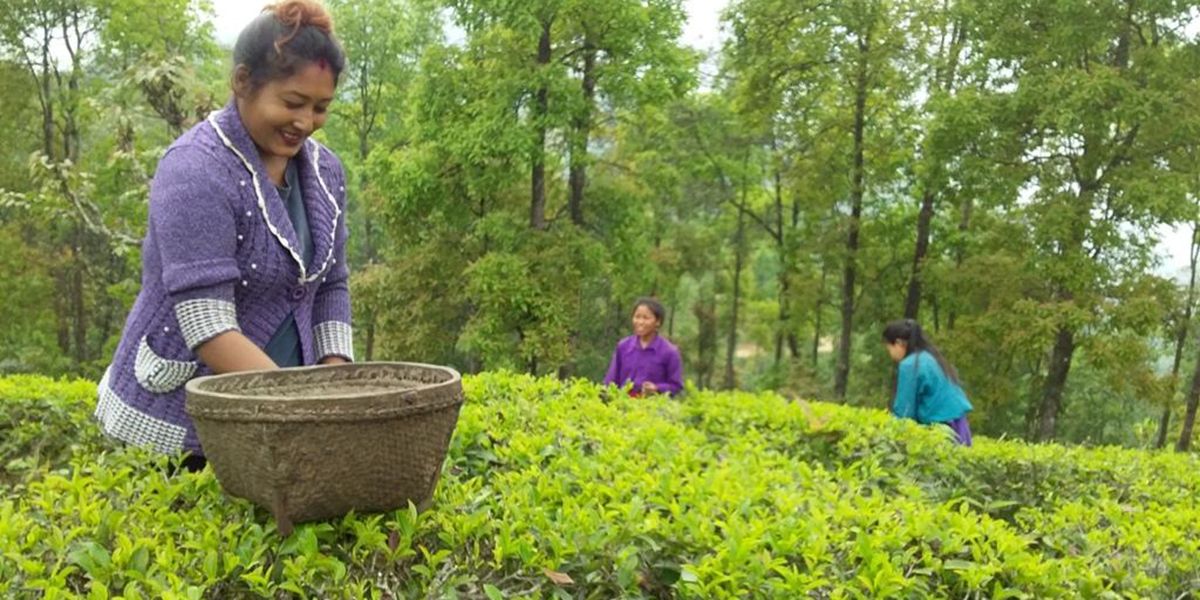
KATHMANDU: The government has fixed a new minimum monthly wage of Rs 17,300 for workers, in accordance with the Labor Act of 2017. The Ministry of Labour, Employment, and Social Security made the adjustment in the minimum wage of workers as per the Labor Act, 2017. The new wage structure will take effect starting August 17, according to a notice published in the Gazette on Thursday.
However, the new wage structure is for workers excluding those employed in tea gardens. For tea garden workers, the government has determined a monthly wage of Rs 13,893 which comprises a basic wage of Rs 8,934 and a dearness allowance of Rs 4,959. Laborers working on a daily wage basis will receive Rs 500 per day.
Along with this, the workers are entitled to additional benefits such as the provident fund and gratuity, as outlined in the Labor Act. Furthermore, workers should receive proper appointment letters and job contracts.
According to the Gazette, local units or any other entities authorized to fix the wage cannot pay workers less than the wage set by the ministry.
The implementation of this new wage structure, however, will be challenging within the tea industry. Past experiences have shown that employers tend to delay implementing new wage structures, citing various reasons. The government’s intervention was necessary in 2018 when tea workers had to protest to ensure the implementation of the minimum wage fixed by the government. The then Minister for Labor and Employment, Gokarna Bista, directly engaged with tea industry employers to ensure fair wages for workers.
Rabin Rai, an expert in the tea industry, has pointed out that the overall tea sector is suffering as employers often neglect the welfare of tea workers.
History of Tea Farming
The cultivation of tea in Nepal traces back to the 1860s. Gajrajsingh Thapa, an administrator overseeing the eastern sector during the Rana regime, planted tea in Ilam district using seeds gifted by the Chinese Emperor to then Prime Minister Jung Bahadur Rana.
Local people began participating in tea farming in the 1960s, following land reform initiatives that established landholding limits. The government identified Jhapa, Ilam, Panchthar, Dhankuta, and Terhathum as Tea Zones in 1982 which heralded the era of commercial tea farming in eastern Nepal.
Before 1990, workers in tea garners were getting only Rs 17 as their daily wage. After the reintroduction of democracy, workers launched protests and submitted a memo to the government demanding adjustment in their wages. This led to an increase in daily wages to Rs 32. Subsequently, the government incrementally raised the daily wage to Rs 278 in 2017.
Jhapa is the leading tea producer in Nepal with an annual yield of 82.51 million kilograms of green tea leaves. Ilam follows with 15.96 million kilograms, Panchthar with 765,000 kilograms, Dhankuta with 309,000 kilograms, and Terhathum with 151,000 kilograms.
According to the Nepal Tea and Coffee Development Board, traditional tea farming covers 8,838 hectares in Nepal. Organic tea farming is done on 1,100 hectares. Plans are underway to expand organic tea farming to an additional 2,129 hectares.
Nepal produces 16.35 million kilograms of CTC tea annually. Of the total production, 45% is consumed locally and the remaining 55% is exported. The total value of Nepal’s tea exports amounts to Rs 3 billion each year.

 Himal Press
Himal Press 